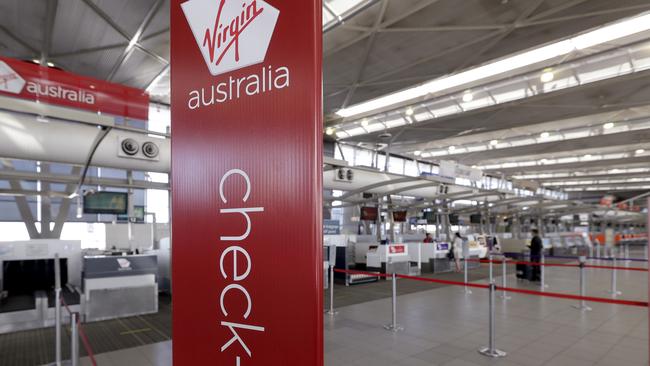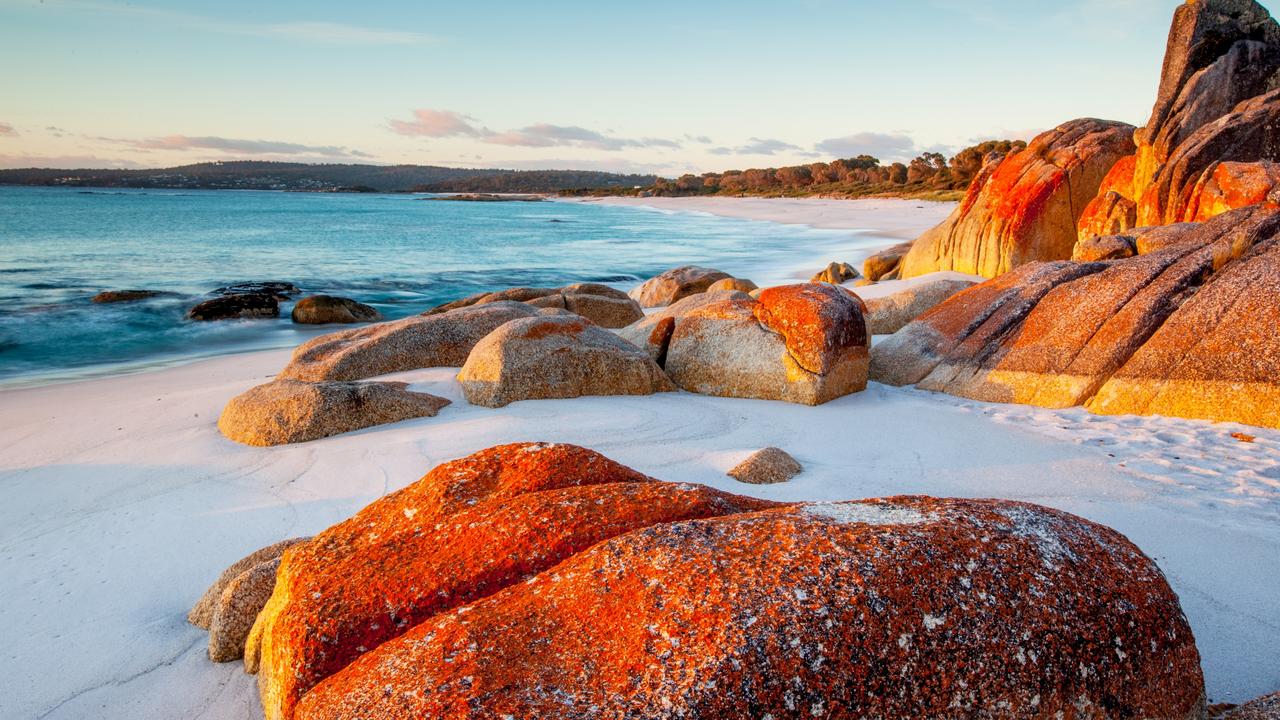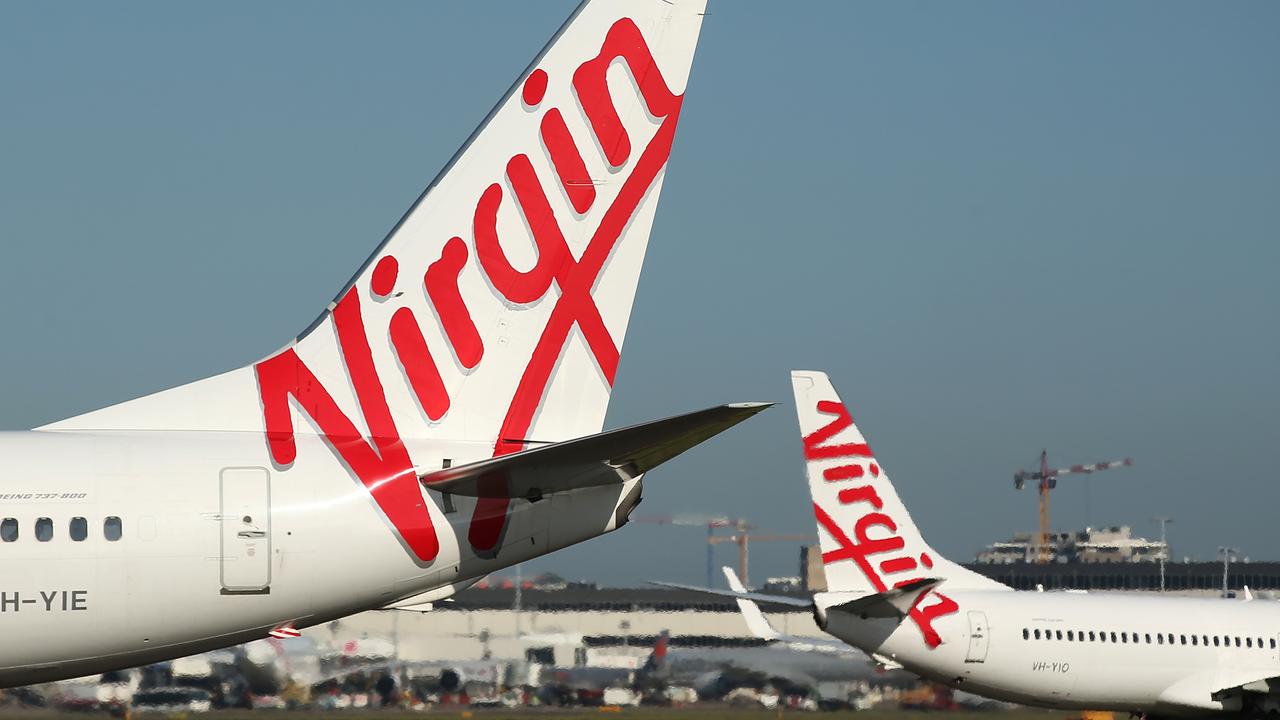Virgin sales pitch silent on $6.8bn debt, price
At first glance, Virgin Australia offers prospective buyers an extraordinary deal, with a range of ‘investment highlights’.

At first glance, Virgin Australia offers prospective buyers an extraordinary deal.
According to for sale advertisements placed by Houlihan Lokey, the airline boasts a range of “investment highlights”.
These include “strategically valuable access to routes and slots in the Golden Triangle of Sydney-Melbourne-Brisbane, a highly cash generative Velocity frequent flyer model with in excess of 10 million members and 90 partners, strong ongoing demand for domestic travel, and key strategic assets and infrastructure including aircraft, route network, airport gates and slots built over 20-years”. The ad also promises “strong support from government, regulators and unions, and a unique opportunity to relaunch Virgin Australia with a sustainable capital structure post COVID-19”.
There is no mention of price of course, or low-cost partner Tigerair for which Virgin paid just $1 to own outright, after initially splashing out $35m for a 60 per cent stake. Nor does the ad mention the initial findings of administrator Deloitte, that Virgin owes $6.84bn to creditors and has next to no income due to COVID-19.
With those sort of liabilities it is hard to imagine anyone whipping out the cheque book to take on the airline, its fleet of 133 aircraft and more than 9000 employees. Yet Deloitte says there are more than 10 sophisticated parties interested and is confident of achieving a recapitalisation that will return the carrier to the skies largely unchanged once the pandemic eases.
Professor Greg Bamber of Monash University’s department of management says Virgin still has much going for it. In the first half of the 2020 financial year, before the coronavirus hit the world, the carrier clocked record revenue of $3.11bn. The domestic business generated the lion’s share of that, $2.11bn, and made $112.9m in earnings before interest and tax.
The Velocity program, which is not in administration but is being offered to prospective buyers as part of the package, posted a $68.9m gain, up 16.8 per cent on the prior corresponding period. Even Tigerair pulled in $350m in revenue, and the international arm grew its revenue to $686m but still made a loss of $49m.
“Virgin Australia is being pilloried in some parts of the media as a failure because it’s got a lot of debt, but many airlines operate on the basis of having a lot of debt because they tend to lease aircraft from leasing companies and they often issue junk bonds,” he says.
“Both of those points are true for Virgin Australia and when it was trading normally it was able to service those debts because it was getting a big income from forward ticket sales. It’s the COVID-19 crisis which has pushed it over the edge.”



